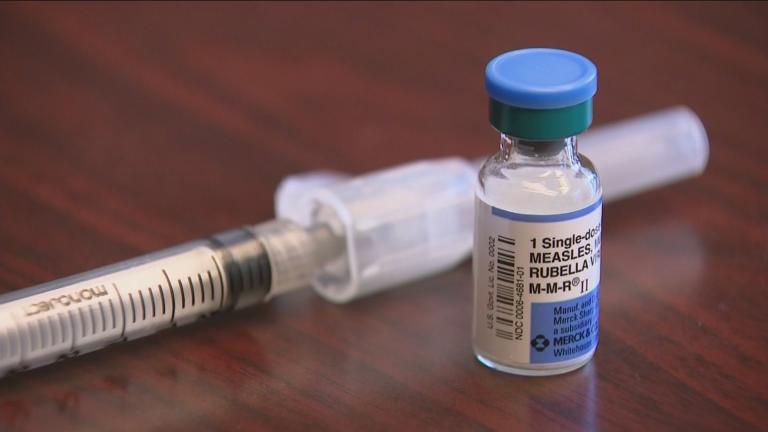Cook County is the worst neighbor in the country when it comes to smog, according to new data from the U.S. Environmental Protection Agency.
The health-damaging smog can travel hundreds of miles to neighboring counties and states, including up north to Wisconsin.
Now, a new plan allows the federal agency to place stricter limits on large polluters and reduce emissions by 2026.
Gina Ramirez, Midwest outreach manager at the Natural Resources Defense Council, said this report wasn’t really a surprise for her, since she grew up on the Southeast Side of Chicago next to a large BP refinery.
“I experienced that interstate pollution day in and out and saw the health disparities that come with that, such as the asthma rates that are abominable,” Ramirez said. “Our air monitors are registering some of the worst air quality in the state.”
Meanwhile, north of Chicago in the majority Latino suburb of Waukegan, one in three children suffers from asthma, said Dulce Ortiz, co-chair of Clean Power Lake County.
“It’s a lot higher than the national rate,” Ortiz said. “It’s very disheartening. … Air pollution has severely impacted our health. We did have a coal plant right on our lakefront. We did transition that coal plant out last June, but I think the damage has been done. Along with the coal plant, and then the smog from Cook County, this is why Lake County was rated with an F in regard to the air quality.”
In Illinois, it’s not big power plants behind the big pollution, according to Phillip Boda, faculty member at the University of Illinois-Chicago, rather it’s a matter of focusing attention on non-electric generating units, which are included as part of the EPA’s Good Neighbor Plan.
“We need to start thinking about how do we lower that emission benchmark,” Boda said. “When we’re really thinking of how to mediate this, how to improve our communities, it’s addressing the issue that on the Southwest Side, we have a higher concentration of rail yards than L.A. County. We have more trucks going in and out of those areas.”








